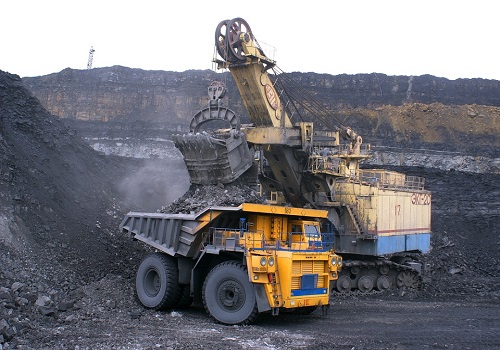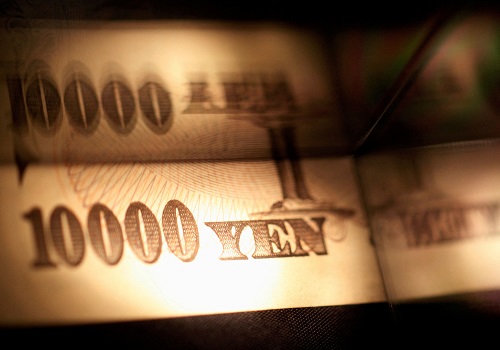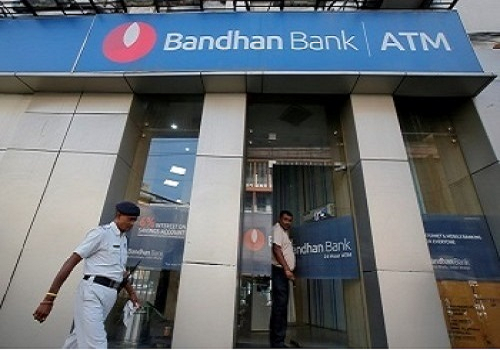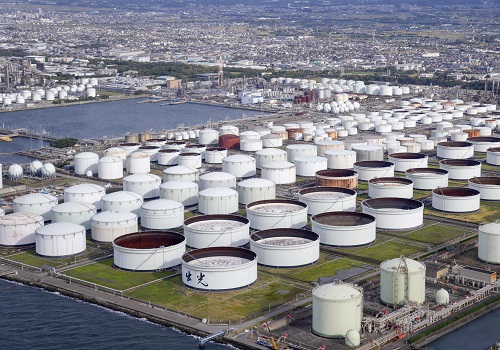Oil steadies as rate hikes loom, Russian flows stay strong

Follow us Now on Telegram ! Get daily 10 - 12 important updates on Business, Finance and Investment. Join our Telegram Channel
Oil steadied on Monday as looming interest rate hikes by major central banks and signs of strong Russian exports balanced rising Middle East tension over a drone attack in Iran and hopes of higher Chinese demand.
Investors expect the Federal Reserve to raise rates by 25 basis points on Wednesday, followed the day after by half-point hikes from the Bank of England and European Central Bank, and any deviation from that script would be a shock.
"The risk-off cautious mood in the market ahead of the central bank meetings is hurting risk assets, including oil," said Fiona Cincotta, analyst at City Index.
Brent crude rose 20 cents, or 0.2%, to $86.86 a barrel by 1110 GMT while U.S. West Texas Intermediate crude added 8 cents, or 0.1%, to $79.76.
"The upcoming flurry of price catalysts sets the stage for significant swings in oil prices this week," said Stephen Brennock of PVM. "That said, prices are unlikely to fall below $80 and will struggle to get close to $100."
The market also came under pressure from indications of strong Russian supply, despite an EU ban and G7 price cap imposed over its invasion of Ukraine. Both oil benchmarks last week saw their first weekly loss in three.
Besides the central bank meetings, a gathering on Wednesday of key ministers from the Organization of the Petroleum Exporting Countries and allies led by Russia, known as OPEC+, will also be in focus.
The OPEC+ panel meeting on Wednesday is unlikely to tweak oil output policy - although PVM said it could surprise with a small cut.
Oil rose earlier on Monday amid tensions in the Middle East following a drone attack in oil producer Iran.
While it is not clear yet what's happening in Iran, any escalation there has the potential to disrupt crude flow, said Stefano Grasso, a senior portfolio manager at 8VantEdge in Singapore.
Hopes of a rise in Chinese demand have boosted oil in 2023. The world's biggest crude importer pledged over the weekend to promote a consumption recovery which would support demand.
























